Fin Drains
Fin drains or drainage screens are also longitudinal drains, manufactured from composite materials. Their essential make-up is of two geotextile faces that provide a filter function between the surrounding ground and a rigid plastic core that is sandwiched between the geotextile faces – see Fig. 13.16c. The so-called “drainage core” is, typically, formed of a high-density polyethylene, HDPE, structure. Often this feeds into an integral collector at the bottom. The core permits the water to flow in the plane of the geocomposite (compared with most simple geosynthetics
in which only cross-flow can readily take place). These drains are usually placed at the pavement’s edge, allowing the collector of percolating water (Fig. 13.16a & b)...
read more





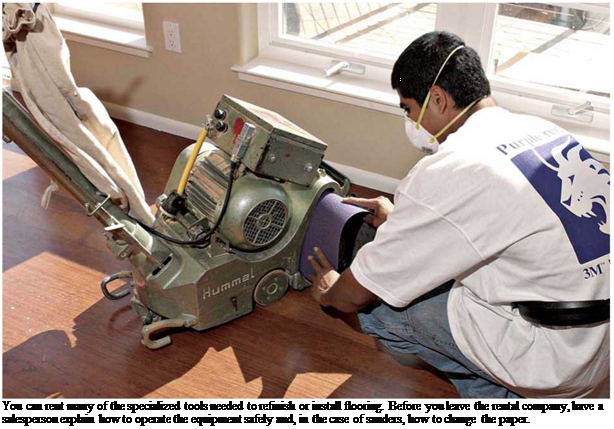
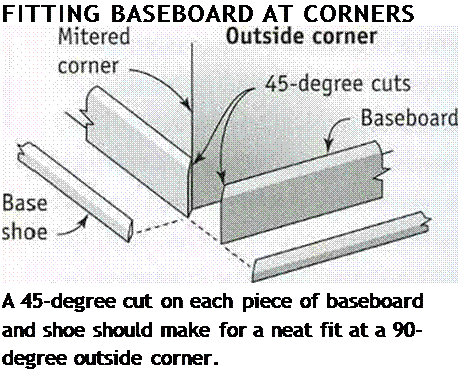
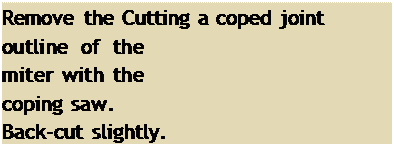

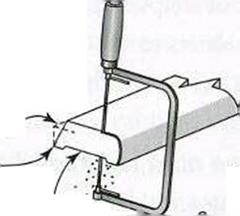


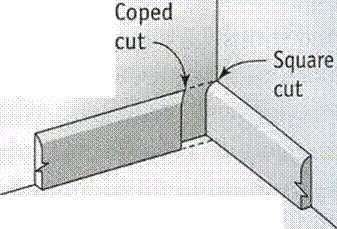
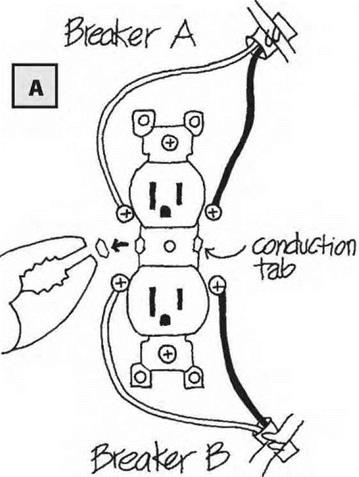
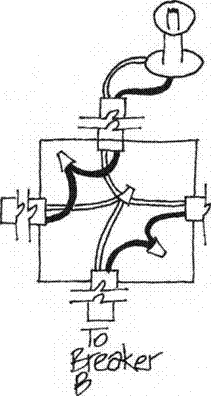
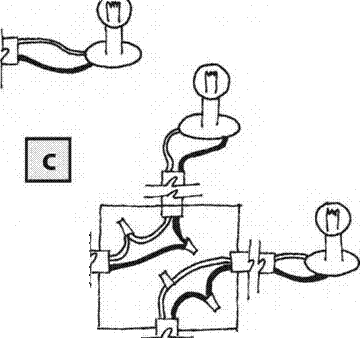


 2 fomex
2 fomex